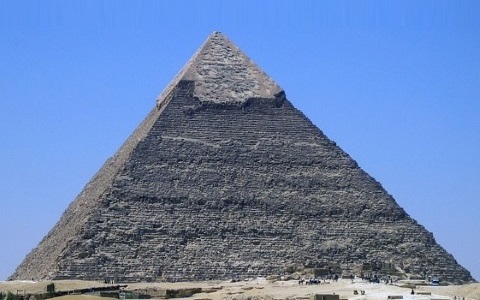Or search by topic
Number and algebra
Geometry and measure
Probability and statistics
Working mathematically
Advanced mathematics
For younger learners
More Number Pyramids



More Number Pyramids printable sheet
This problem follows on from Number Pyramids.
In the number pyramid below, the number in the bottom left hand corner determines all the other numbers.
If you are viewing the interactivity on a mobile phone, you may need to rotate your screen to landscape orientation.

What patterns do you notice?
Here are some questions to consider:
- If I give you the number in the bottom left hand corner, can you work out the top number without working out the middle layers?
- Can you explain why some numbers are impossible to get at the top, if you start with a whole number in the bottom left hand corner?
- If I give you the number at the top, can you find a quick way of working out the number in the bottom left hand corner?
Do your insights still apply if you use negative numbers or decimals?
Can you justify any generalisations that you have reached?
Perhaps you could use algebra to explain your thinking.
Can you adapt what you discovered about 4-layer pyramids to larger pyramids?
What if the numbers on the bottom layer go up in 2s? Or 3s?
Here is an interactive number pyramid, where the bottom layer can go up by numbers other than one, which can be used to test out your conjectures.
You might now like to have a go at Top-heavy Pyramids
You may also like
Summing Consecutive Numbers
15 = 7 + 8 and 10 = 1 + 2 + 3 + 4. Can you say which numbers can be expressed as the sum of two or more consecutive integers?
Always the Same
Arrange the numbers 1 to 16 into a 4 by 4 array. Choose a number. Cross out the numbers on the same row and column. Repeat this process. Add up you four numbers. Why do they always add up to 34?
Fibs
The well known Fibonacci sequence is 1 ,1, 2, 3, 5, 8, 13, 21.... How many Fibonacci sequences can you find containing the number 196 as one of the terms?

